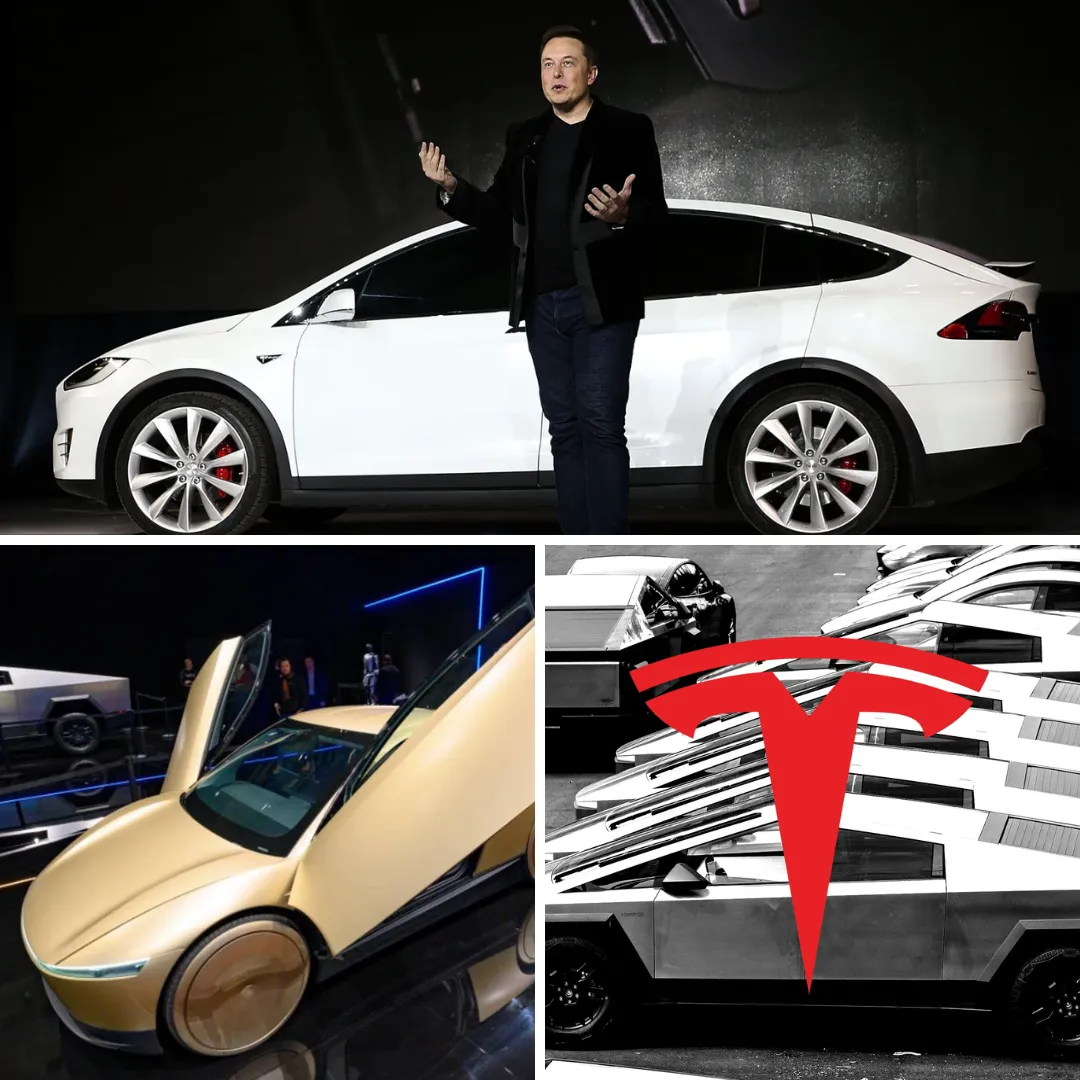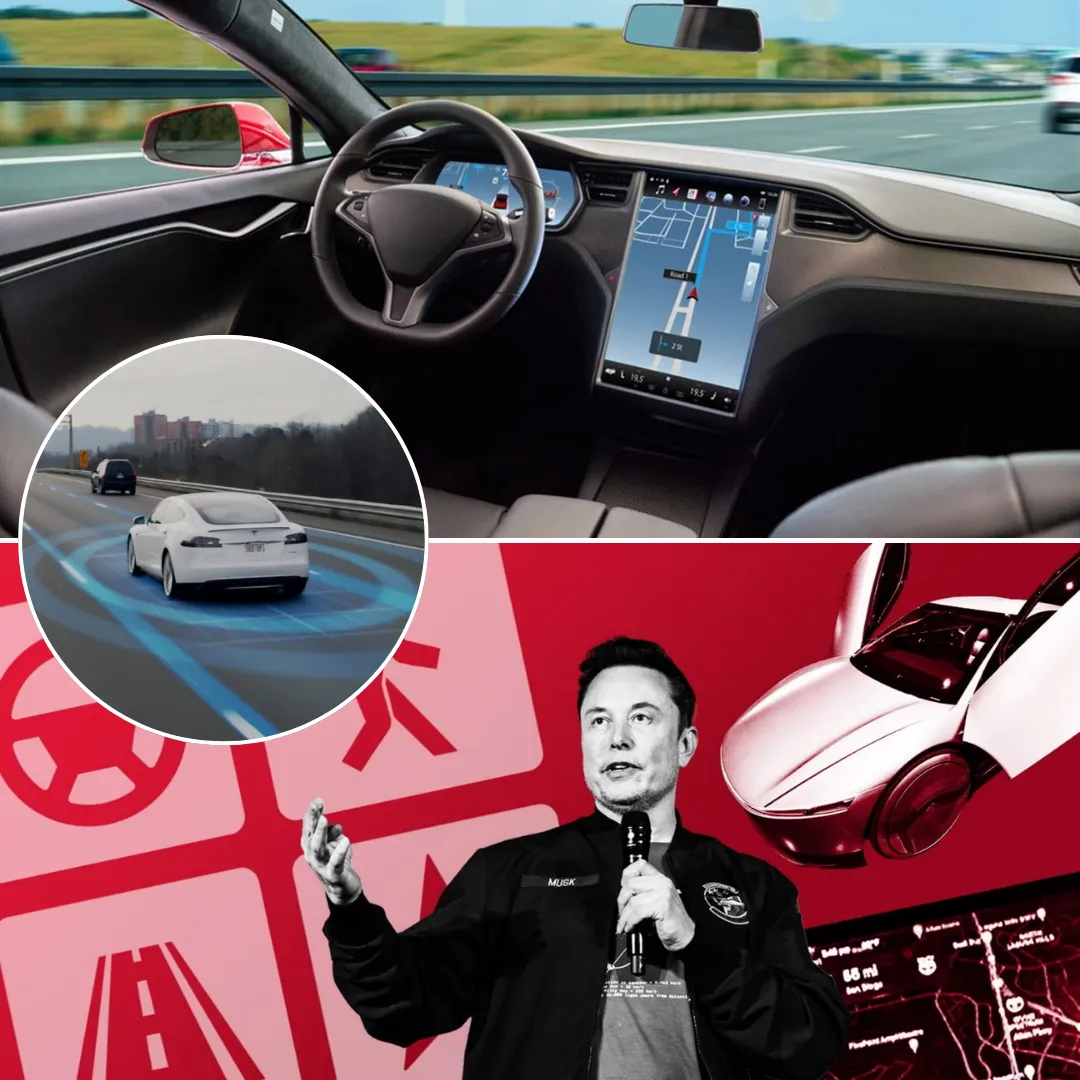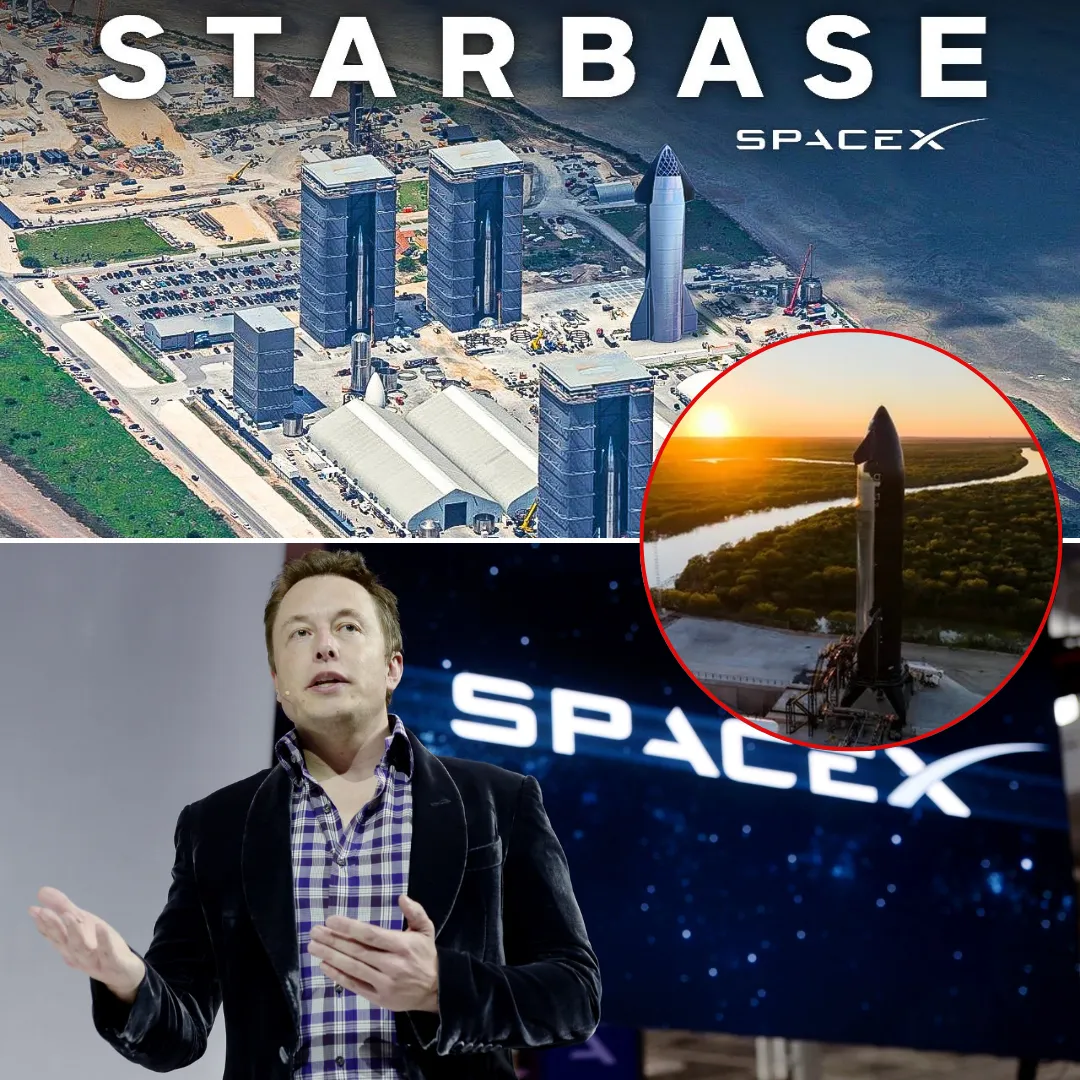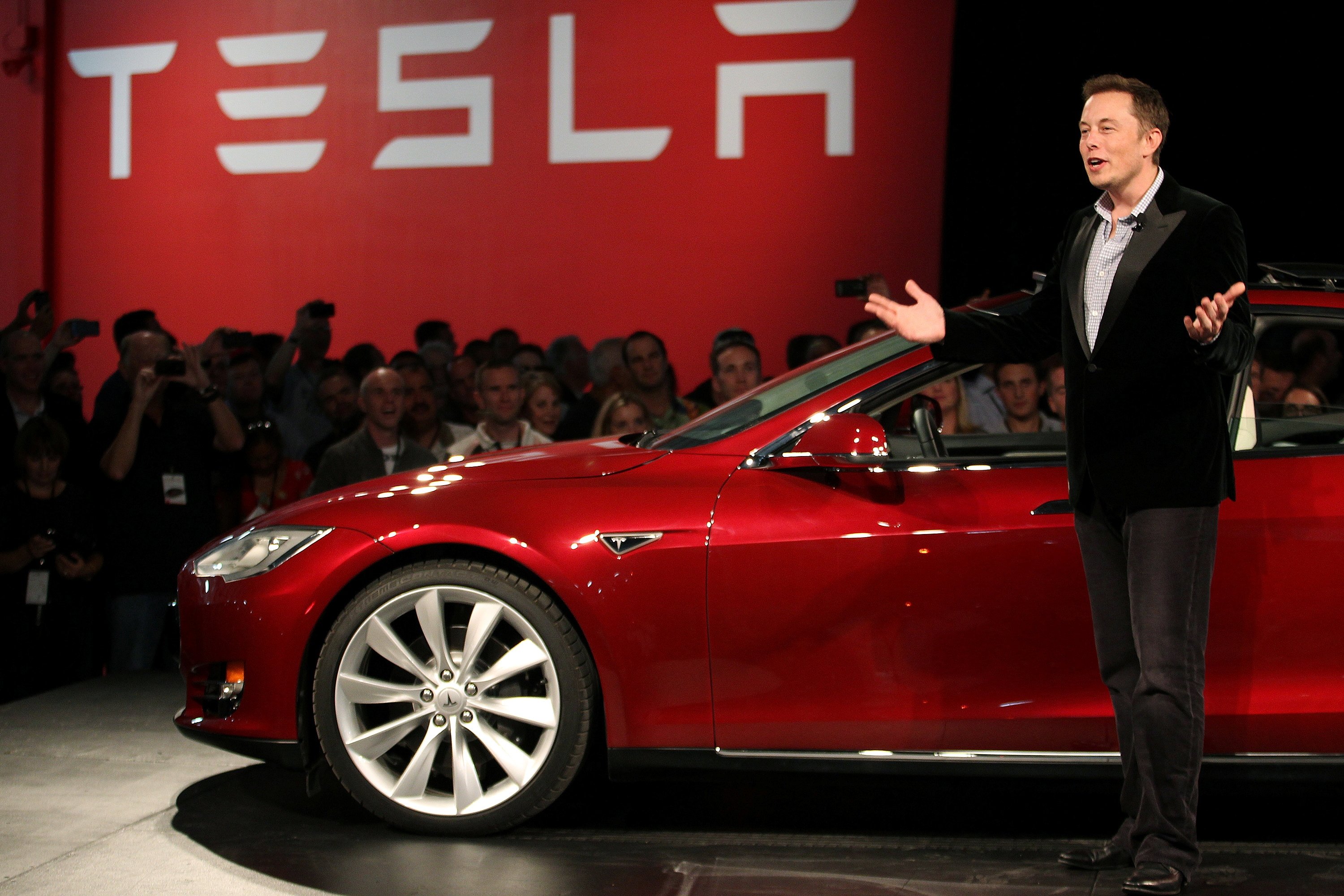
Elon Musk's ambitious ventures continue to redefine entire industries, but lately, his companies, particularly Tesla, have encountered some significant roadblocks. Tesla's long-anticipated shift toward an affordable electric vehicle (EV) and the development of a fully autonomous robotaxi service are now mired in delays and mounting skepticism.
These two high-profile projects, which Musk has bet on to secure Tesla's future dominance in the global automotive market, are facing challenges that have caused concern among investors and industry analysts.
Tesla's affordable EV, which was initially set to be a major milestone in the company’s expansion, has now faced substantial delays. This vehicle was to be a stripped-down version of the popular Model Y, designed specifically to capture the mass market in regions like China, India, and Latin America, where demand for affordable EVs is surging.
The promise of a more accessible electric car, priced around $25,000, was expected to revolutionize the EV market by offering consumers a low-cost alternative to traditional gasoline vehicles. Tesla’s goal was not just to capture a larger portion of the electric vehicle market but to push further into territories where EVs had yet to take off due to their price points.
However, reports have emerged that the U.S. launch of this affordable EV has been delayed, with production now expected to begin in late 2025 or even early 2026. The reasons for the delay are not entirely clear, but industry insiders suggest that production challenges, supply chain disruptions, and shifting priorities within Tesla’s operations have contributed to the setback.
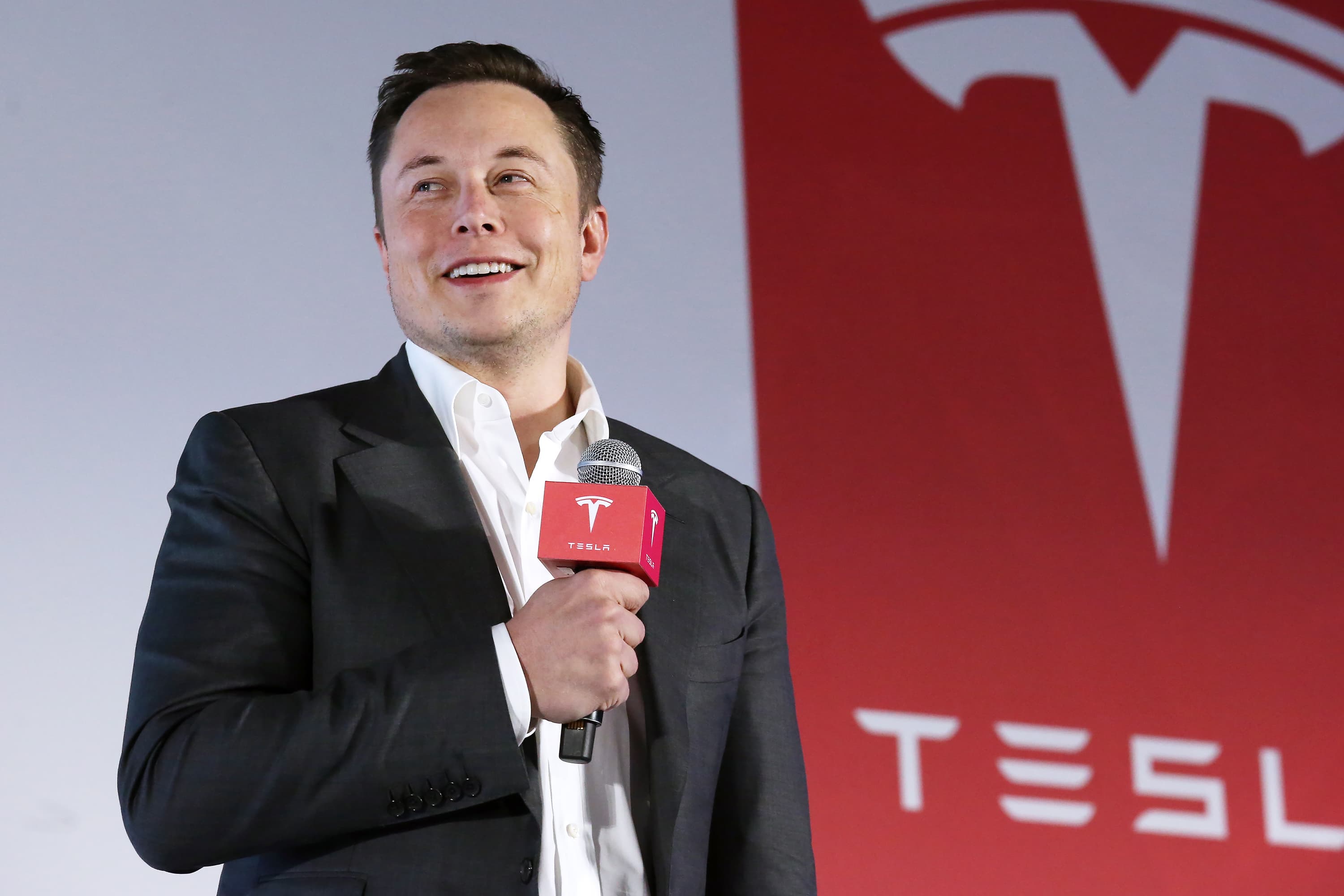
Tesla’s focus on other high-performance models and projects, including the development of the Tesla Semi and the Cybertruck, has diverted resources away from the affordable EV. This delay is disappointing for both investors and consumers who have been eagerly awaiting Tesla’s entry into the budget EV market, and it adds to the growing concerns about Tesla’s ability to maintain its leadership in the rapidly evolving automotive industry.
At the same time, Musk’s other bold vision for Tesla—the autonomous robotaxi service—has also faced its own set of difficulties. Tesla has long been at the forefront of self-driving technology, with its Autopilot and Full Self-Driving (FSD) systems being some of the most advanced in the world.
Musk’s idea for a fully autonomous fleet of robotaxis, which could revolutionize urban mobility by providing on-demand, driverless transportation, seemed like an inevitable step in the company’s evolution. However, this ambitious plan has encountered significant hurdles, particularly in terms of regulatory approval and technical challenges.
The robotaxi, sometimes referred to as the “Cybercab,” is designed to be a completely autonomous vehicle that requires no driver. The vehicle would use Tesla’s advanced AI and FSD capabilities to navigate through city streets, pick up passengers, and drop them off at their destinations without any human input.
The technology promises to eliminate the need for human drivers in taxis and ride-hailing services, reducing costs and making transportation more efficient. However, the road to achieving this level of autonomy has been fraught with obstacles.

Despite Tesla’s impressive progress in autonomous driving, the company still faces significant regulatory hurdles in the U.S. and abroad. Autonomous vehicles are subject to strict safety regulations, and many countries have yet to approve fully driverless cars for commercial use.
In addition, there are ongoing concerns about the safety of Tesla’s Autopilot system, with several high-profile accidents involving Tesla vehicles using the system. While Musk has consistently defended Tesla’s technology, saying it will save lives and improve transportation safety, critics argue that the technology is not yet ready for widespread use, especially in unpredictable urban environments.
The skepticism surrounding the robotaxi project has only intensified as production disruptions, partially caused by new tariffs and regulatory scrutiny, have delayed Tesla’s timeline for bringing the Cybercab to market. Musk has repeatedly promised that the company would have a fleet of fully autonomous vehicles within a few years, but it’s clear that the complexities of regulatory approval, public trust, and technology development have proven more difficult than anticipated.
Meanwhile, competition in the electric vehicle market continues to grow, particularly from Chinese automakers like BYD, NIO, and XPeng. These companies are rapidly increasing their production capacities and launching more affordable EV models that could quickly rival Tesla’s offerings.
At the 2025 Shanghai Auto Show, over 70 car brands unveiled more than 100 new or revamped models, intensifying competition in the world’s largest electric and hybrid vehicle market. Tesla’s market share in China and globally is shrinking, and the delayed launch of the affordable EV, coupled with the uncertainty surrounding the robotaxi project, has left many wondering whether Tesla can maintain its leadership position in the increasingly crowded EV landscape.
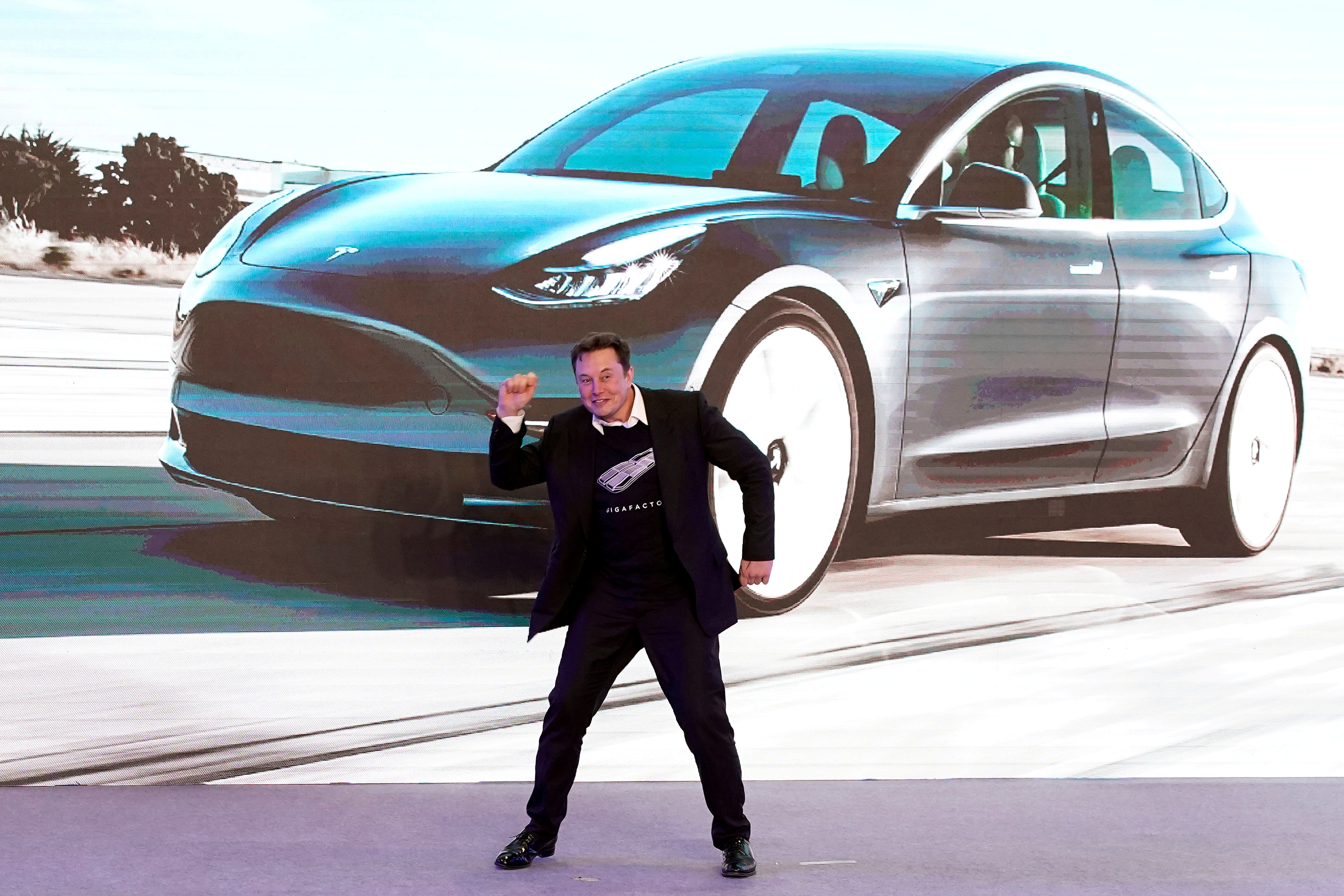
In addition to these challenges, Tesla’s financial health is under increasing pressure. The company has been offering aggressive sales incentives to keep up demand, which has caused its profit margins to shrink to record lows. Tesla’s stock has dropped over 40% in 2025, losing more than $500 billion in value.
Analysts predict that Tesla will struggle to generate significant revenue growth this year, and some have called into question the company’s long-term strategy. While Tesla remains the dominant force in the electric vehicle market, its ability to maintain its market position in the face of increasing competition is uncertain.
The regulatory environment is another factor adding to the company’s difficulties. Tesla’s robotaxi project, which relies heavily on regulatory approval, has been slowed by legal and logistical obstacles. In addition, the company is currently facing challenges from various governments that are trying to ensure that Tesla’s technology adheres to local safety and environmental standards.
Tesla is still seeking approval to offer ride-hailing services in California, but it has not yet pursued a driverless permit, and the development of fully unsupervised autonomous technology remains both costly and time-consuming. Despite all of these challenges, there are still reasons for optimism surrounding Tesla’s future. The company continues to innovate in areas such as battery technology, solar energy, and artificial intelligence.
It has also made significant strides in its production capacity, with plans to expand its gigafactories in the U.S., Europe, and China. Tesla’s commitment to building sustainable transportation infrastructure and making clean energy accessible to the masses remains unwavering. The company’s success in overcoming the hurdles it faces now could set it up for even greater success in the future.

Musk’s own vision for Tesla, which includes pushing the boundaries of space exploration through SpaceX, creating a multi-planetary civilization, and advancing the future of energy, has never wavered. However, as Tesla continues to lead the way in electric vehicle technology, it is clear that the company must also address the growing competition, regulatory pressures, and technical challenges that stand in the way of its continued dominance.
The next few years will be critical for Tesla. The company must overcome its internal and external challenges to achieve its ambitious goals, including the roll-out of the affordable EV and the fully autonomous robotaxi. Whether Musk’s vision of a fully autonomous, electric future will become a reality remains to be seen, but one thing is certain: Tesla’s impact on the automotive and energy industries will continue to reverberate for years to come.
